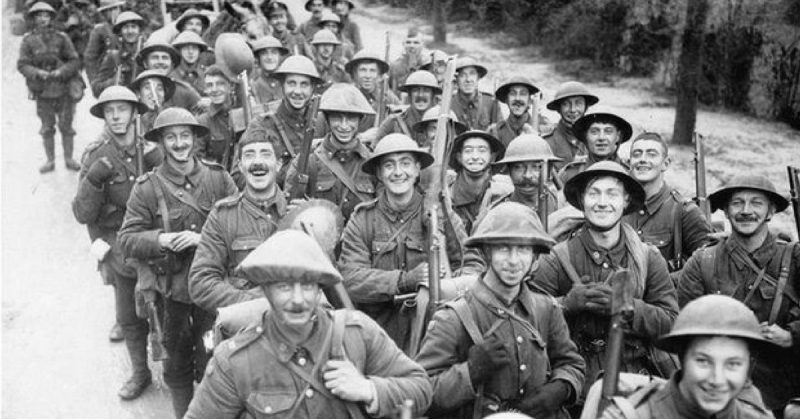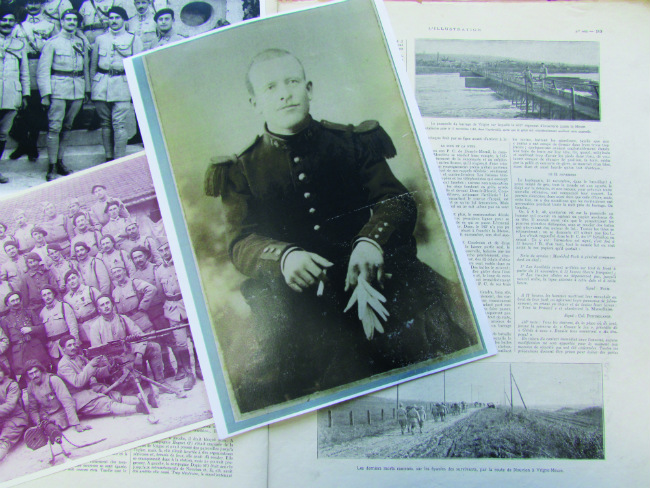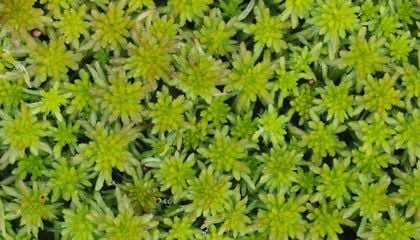What is the Order of the White Feather?
The Order of the White Feather was one of the movements that created an opportunity for women to contribute to the War. But did you know they were not as helpful as an organization? The Order of the White Feather was created to recruit for the British Army in World War I. Women would give […]
What is the Order of the White Feather? Read More »




